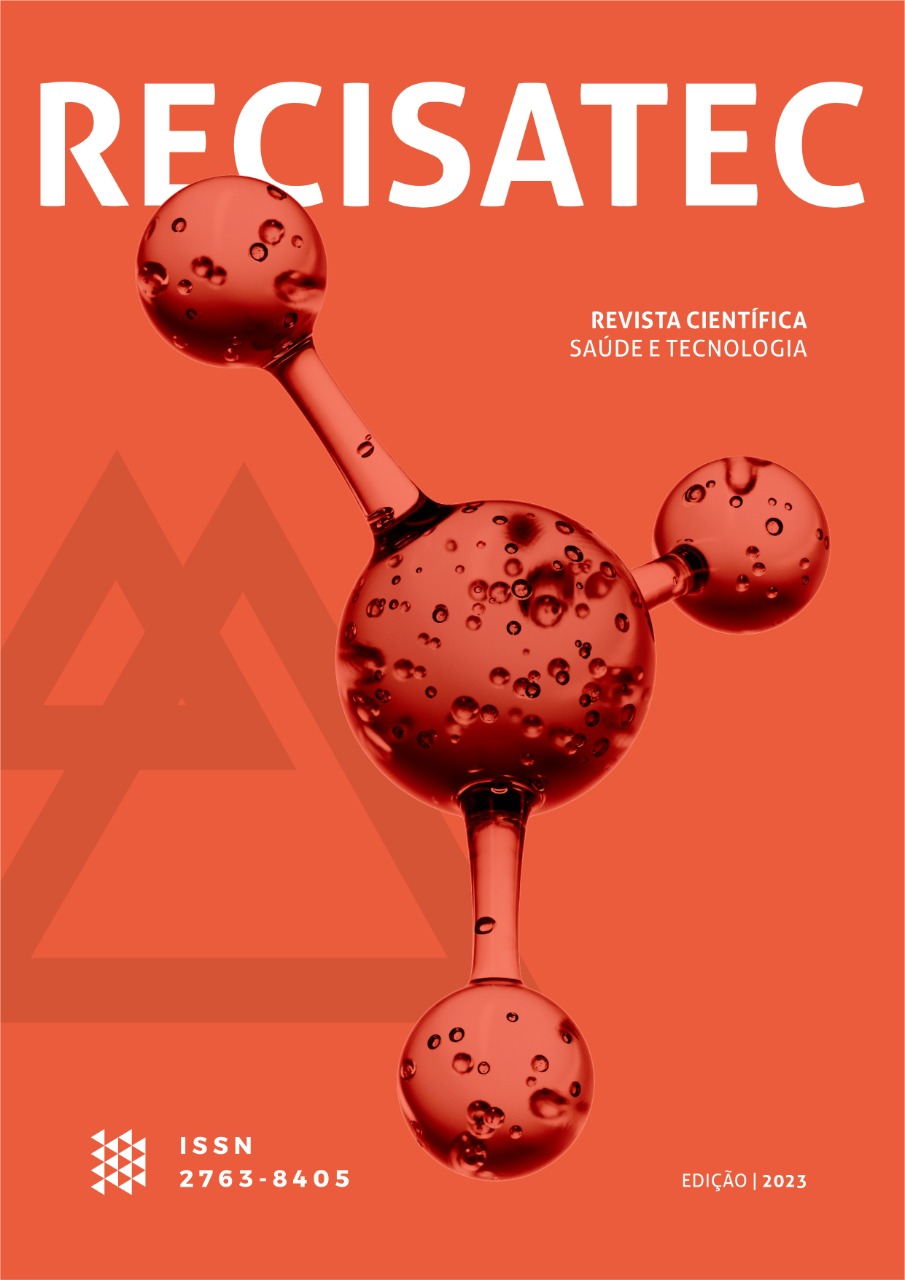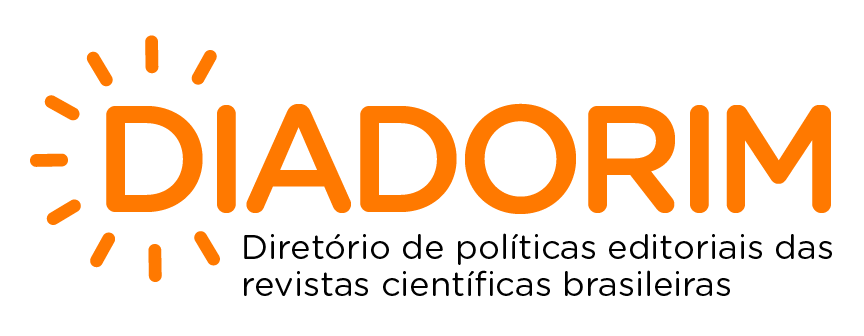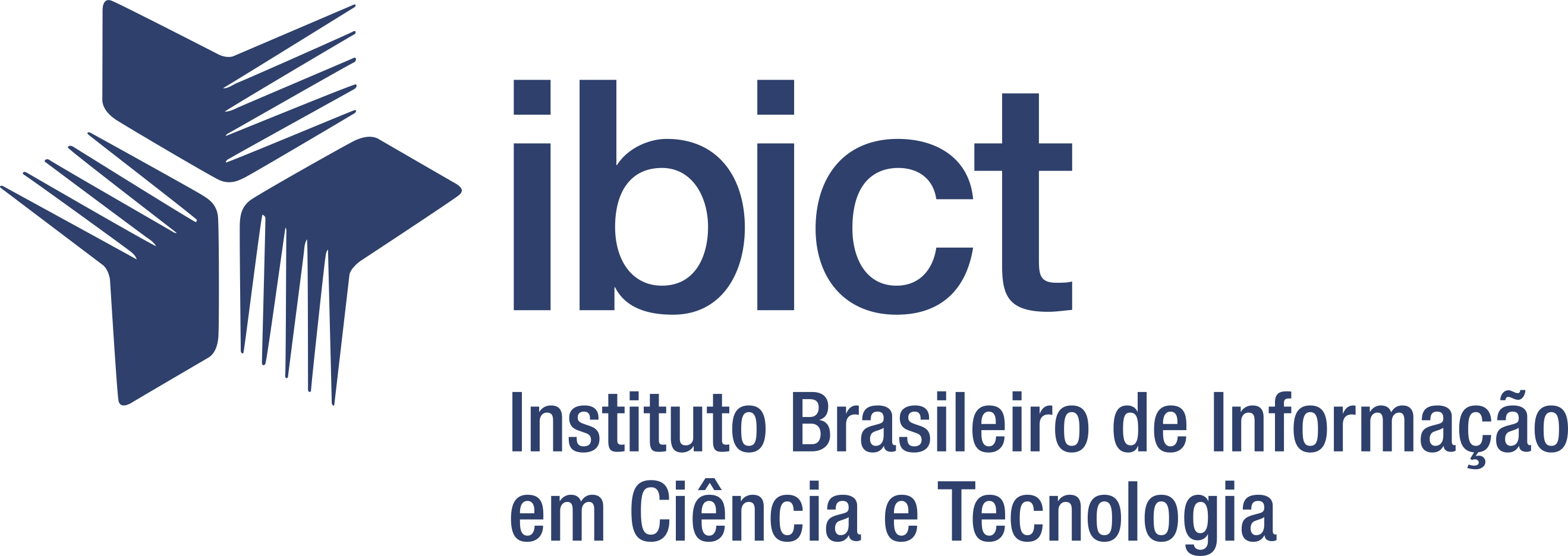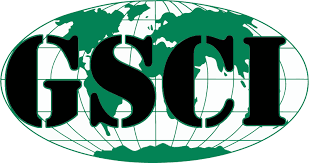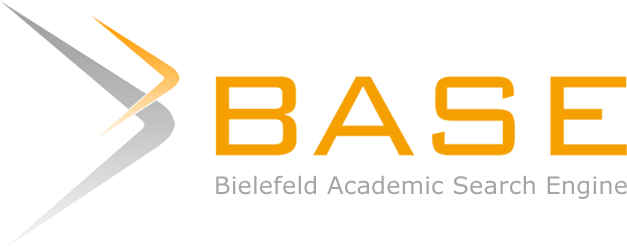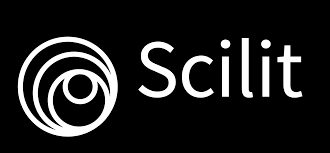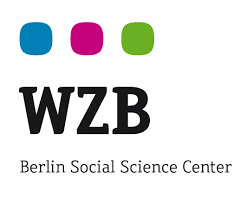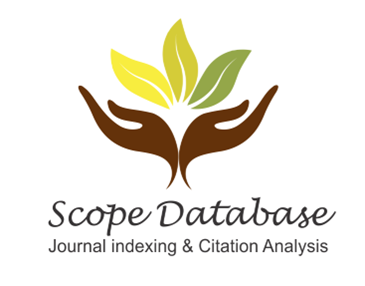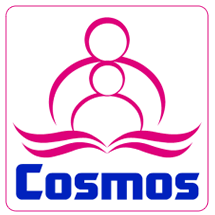ESTADO DA INTENSIDADE LUMINOSA DAS LÂMPADAS DE FOTOPOLIMERIZAÇÃO DAS CLÍNICAS ODONTOLÓGICAS DOS CENTROS DE SAÚDE DA CIDADE DE CUENCA
DOI:
https://doi.org/10.53612/recisatec.v3i6.296Palavras-chave:
Fotopolimerização, Intensidade luminosa, RadiômetroResumo
A eficácia de um tratamento restaurador com compostos resinosos pode ser afetada pela intensidade luminosa que o fotopolimerizador é capaz de emitir. O objetivo deste estudo foi determinar a prevalência de intensidade de luz de lâmpadas de fotopolimerização em clínicas odontológicas de centros de saúde na cidade de Cuenca, Equador. A intensidade luminosa de 38 lâmpadas fotopolimerizadoras correspondentes a 23 centros de saúde foi avaliada e classificada em baixa potência (<300mw/cm2), potência regular (300 - 800 mw/cm2) e alta potência (>800 mw/cm2). A intensidade da potência luminosa foi avaliada com o radiômetro CK12024 por três observadores antes da autorização dos profissionais responsáveis pela análise de seus fotopolimerizadores. Verificou-se que, das 38 lâmpadas fotopolimerizáveis avaliadas, 5,26% (n=8) apresentaram potência baixa, 21,05% (n=8) potência regular e 73,68% (28) potência alta. De acordo com os dados obtidos, concluímos que a maioria das lâmpadas polimerizadoras nos centros de saúde da cidade de Cuenca tem um ótimo desempenho, além de enfatizar a avaliação periódica das lâmpadas polimerizadoras para controlar o desempenho ideal.
Downloads
Referências
Price RB, Ferracane JL, Shortall AC. Light-Curing Units: A Review of What We Need to Know. Vol. 94, Journal of Dental Research. SAGE Publications Inc.; 2015. p. 1179–86. DOI: https://doi.org/10.1177/0022034515594786
Michaud PL, Price RBT, Labrie D, Rueggeberg FA, Sullivan B. Localised irradiance distribution found in dental light curing units. J Dent [Internet]. 2014 Feb [cited 2023 Jun 5];42(2):129–39. Available from: https://www.researchgate.net/publication/259002710_Localized_Irradiance_Distribution_Found_in_Dental_Light_Curing_Units DOI: https://doi.org/10.1016/j.jdent.2013.11.014
Chingualulo GC, Catuta EM, Morais S, Teresa A, Oliveira N, Kamalanga HC. PREVALENCIA DE CARIES DENTAL Y FACTORES RELACIONADOS EN ESTUDIANTES DE ODONTOLOGÍA DEL 4o CURSO DEL INSTITUTO SUPERIOR POLITÉCNICO DE CAÁLA-2021/2022. RECISATEC - REVISTA CIENTÍFICA SAÚDE E TECNOLOGIA - ISSN 2763-8405 [Internet]. 2023 Jan 20 [cited 2023 Jun 18];3(1):e31236–e31236. Available from: https://recisatec.com.br/index.php/recisatec/article/view/236 DOI: https://doi.org/10.53612/recisatec.v3i1.236
Kenneth J A, Chiayi S, Rawls HR. Phillip’s Science of Dental Materials. 11thEdición. St. Louis, Missouri: Elsevier Inc.; 2013.
Manuel A, Gil C, Montenegro Y, Ii O, Álvarez J, Iii R. Historical evolution of light-cure lamps (photo polymerization’s lamps) [Internet]. Vol. 15, Revista Habanera de Ciencias Médicas. 2016. Available from: http://scielo.sld.cu
Rivera JM. Técnicas de fotopolimerización complementaria en la evaluación de la microdureza en una resina compuesta de nanopartículas. Revista KIRU [Internet]. 2016 Jun 19 [cited 2023 Jun 4];13(1):51–9. Available from: https://www.aulavirtualusmp.pe/ojs/index.php/Rev-Kiru0/article/view/878
Prochnow FHO, Kunz PVM, Correr GM, Kaizer M da R, Gonzaga CC. Relationship between battery level and irradiance of light-curing units and their effects on the hardness of a bulk-fill composite resin. Restor Dent Endod. 2022;47(4). DOI: https://doi.org/10.5395/rde.2022.47.e45
Suliman AA, Abdo AA, Elmasmari HA. Training and experience effect on light-curing efficiency by dental practitioners. J Dent Educ. 2020 Jun 1;84(6):652–9. DOI: https://doi.org/10.1002/jdd.12113
Suliman AA, Abdo AA, Elmasmari HA. Effect of Contamination, Damage and Barriers on the Light Output of Light-Curing Units. Open Dent J. 2019 Jul 16;13(1):196–202. DOI: https://doi.org/10.2174/1874210601913010196
Soares CJ, Faria-E-Silva AL, Rodrigues M de P, Fernandes Vilela AB, Pfeifer CS, Tantbirojn D, et al. Polymerization shrinkage stress of composite resins and resin cements - What do we need to know? Braz Oral Res [Internet]. 2017 Aug 1 [cited 2023 Jun 4];31(suppl 1):49–63. Available from: https://pubmed.ncbi.nlm.nih.gov/28902242/ DOI: https://doi.org/10.1590/1807-3107bor-2017.vol31.0062
Mills RW, Jandt KD, Ashworth SH. Dental composite depth of cure with halogen and blue light emitting diode technology. Br Dent J. 1999;186(8):388–91. DOI: https://doi.org/10.1038/sj.bdj.4800120a
Al Shaafi MM, Maawadh AM, Al Qahtani MQ. Evaluation of light intensity output of QTH and LED curing devices in various governmental health institutions. Oper Dent. 2011 Jul;36(4):356–61. DOI: https://doi.org/10.2341/10-247-O
Krämer N, Lohbauer U, Garcia-Godoy F, Frankenberger R. Light curing of resin-based composites in the LED era Clinical and microbiological evaluation of peri-implant microbial contamination of cemented prostheses on titanium or zirconia connectors View project master degree in UFRGS View project [Internet]. 2014. Available from: https://www.researchgate.net/publication/23155639
AlShaafi MM. Factors affecting polymerization of resin-based composites: A literature review. Vol. 29, Saudi Dental Journal. Elsevier B.V.; 2017. p. 48–58. DOI: https://doi.org/10.1016/j.sdentj.2017.01.002
Emami N, Söderholm KJM. How light irradiance and curing time affect monomer conversion in light-cured resin composites. Vol. 111, Eur J Oral Sci. 2003. DOI: https://doi.org/10.1111/j.0909-8836.2003.00082.x
RIBEIRO RA de O, LIMA FF de C, LIMA IM, NASCIMENTO ABL do, TEIXEIRA HM. Avaliação da intensidade de luz e da manutenção dos aparelhos fotopolimerizadores utilizados em clínicas odontológicas da cidade do Recife-PE. Rev Odontol UNESP. 2016 Dec 12;45(6):351–5. DOI: https://doi.org/10.1590/1807-2577.06916
Marín Naranjo LD. ANÁLISIS DE LA LEY DE CUADRADO INVERSO PARA MEDICIÓN PRÁCTICA DE ILUMINANCIA. Revista Ingeniería. 2011 Jul 7;19(1). DOI: https://doi.org/10.15517/ring.v19i1.687
Palin WM, Leprince JG, Hadis MA. Shining a light on high volume photocurable materials. Dental Materials. 2018 May 1;34(5):695–710. DOI: https://doi.org/10.1016/j.dental.2018.02.009
A. Mahmood M, M. Faraj B. Evaluation of light curing units and Dentists’ knowledge about photo polymerization techniques in Sulaimani governmental dental clinics. Sulaimani dental journal [Internet]. 2019 Jun 29 [cited 2023 Jun 5];6(1):33–9. Available from: https://www.researchgate.net/publication/334631983_Evaluation_of_light_curing_units_and_Dentists’_knowledge_about_photo_polymerization_techniques_in_Sulaimani_governmental_dental_clinics DOI: https://doi.org/10.17656/sdj.10088
Omidi BR, Gosili A, Jaber-Ansari M, Mahdkhah A. Intensity output and effectiveness of light curing units in dental offices. J Clin Exp Dent [Internet]. 2018 Jun 1 [cited 2023 Jun 5];10(6):e555. Available from: /pmc/articles/PMC6012498/
Lee Y, Nik Abdul Ghani N, Karobari M, Noorani T, Halim M. Evaluation of light-curing units used in dental clinics at a University in Malaysia. Journal of International Oral Health [Internet]. 2018 Jul 1 [cited 2023 Jun 5];10(4):206. Available from: https://www.jioh.org/article.asp?issn=0976-7428;year=2018;volume=10;issue=4;spage=206;epage=209;aulast=Lee DOI: https://doi.org/10.4103/jioh.jioh_114_18
Nassar HM, Ajaj R, Hasanain F. Efficiency of light curing units in a government dental school. J Oral Sci [Internet]. 2018 [cited 2023 Jun 5];60(1):142–6. Available from: https://pubmed.ncbi.nlm.nih.gov/29576574/ DOI: https://doi.org/10.2334/josnusd.17-0071
Madhusudhana K, Swathi TV, Suneelkumar C, Lavanya A. A clinical survey of the output intensity of light curing units in dental offices across Nellore urban area. SRM Journal of Research in Dental Sciences [Internet]. 2016 [cited 2023 Jun 5];7(2):64. Available from: https://www.srmjrds.in/article.asp?issn=0976-433X;year=2016;volume=7;issue=2;spage=64;epage=68;aulast=Madhusudhana DOI: https://doi.org/10.4103/0976-433X.182657
Bansal R, Bansal M, Walia S, Bansal L, Singh K, Aggarwal R. Assessment of efficacy and maintenance of light-curing units in dental offices across Punjab: A clinical survey. Indian Journal of Dental Sciences [Internet]. 2019 [cited 2023 Jun 5];11(1):42. Available from: http://www.ijds.in/article.asp?issn=0976-4003;year=2019;volume=11;issue=1;spage=42;epage=45;aulast=Bansal DOI: https://doi.org/10.4103/IJDS.IJDS_63_18
Downloads
Publicado
Como Citar
Edição
Secção
Categorias
Licença
Direitos de Autor (c) 2023 RECISATEC - REVISTA CIENTÍFICA SALUD Y TECNOLOGÍA

Este trabalho encontra-se publicado com a Licença Internacional Creative Commons Atribuição 4.0.
Os direitos autorais dos artigos/resenhas/TCCs publicados pertecem à revista RECISATEC, e seguem o padrão Creative Commons (CC BY 4.0), permitindo a cópia ou reprodução, desde que cite a fonte e respeite os direitos dos autores e contenham menção aos mesmos nos créditos. Toda e qualquer obra publicada na revista, seu conteúdo é de responsabilidade dos autores, cabendo a RECISATEC apenas ser o veículo de divulgação, seguindo os padrões nacionais e internacionais de publicação.

